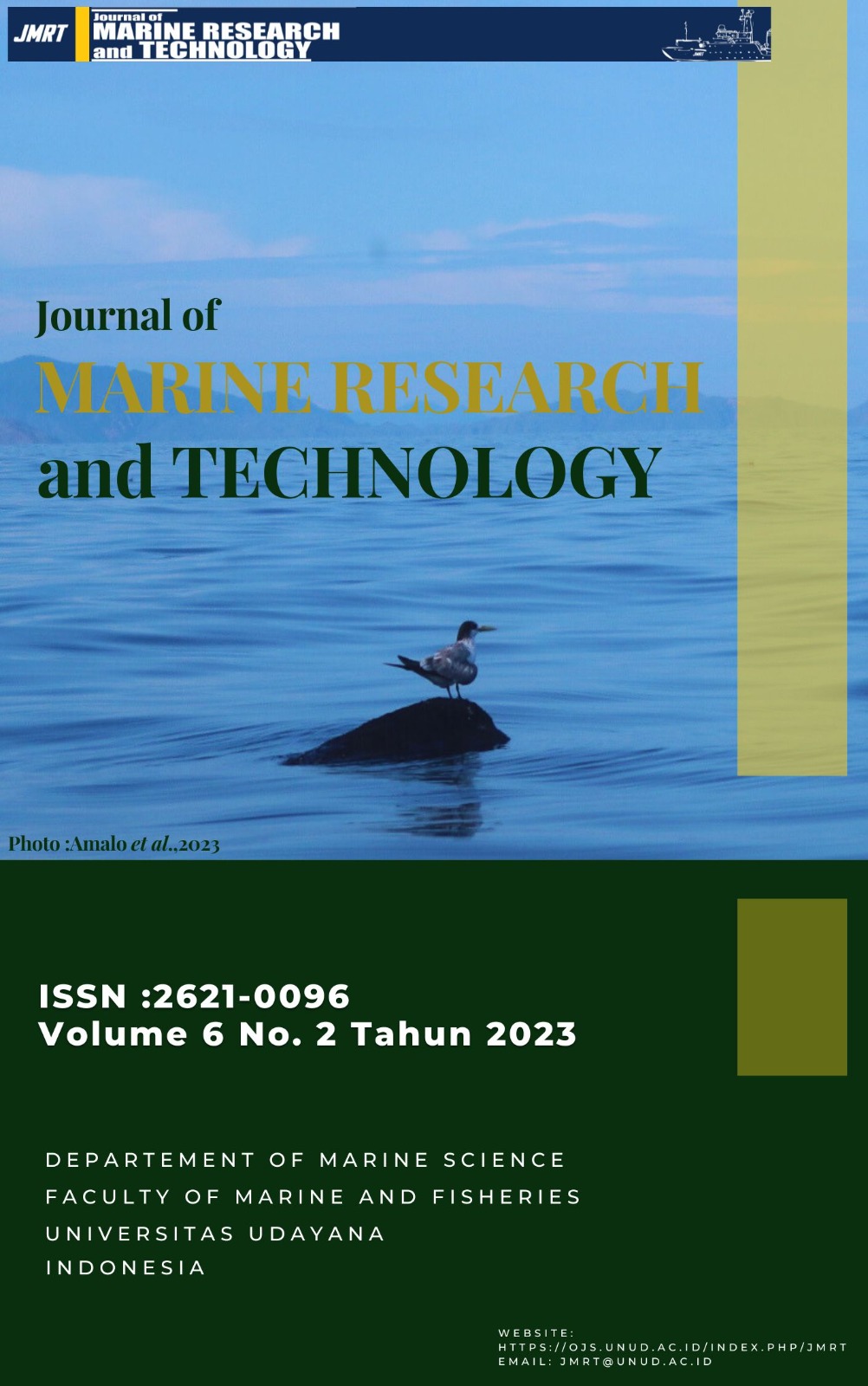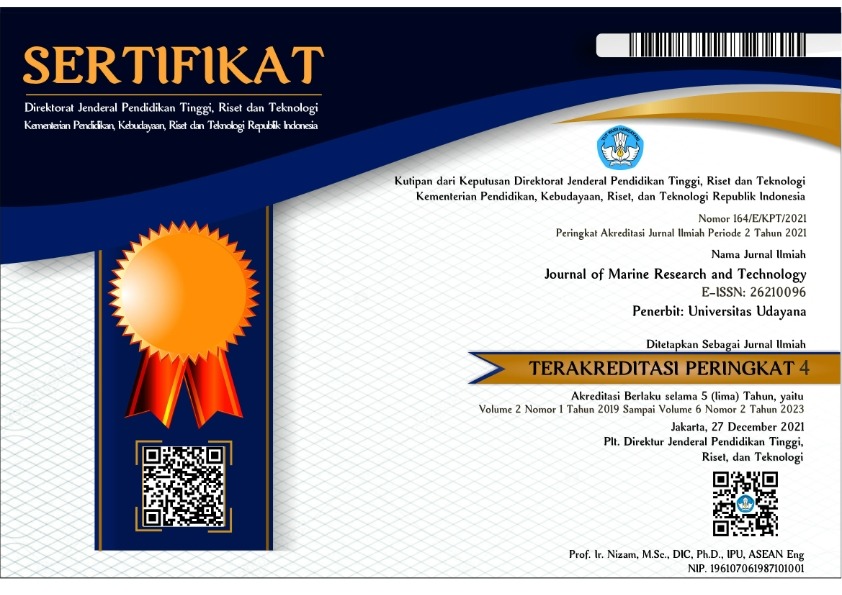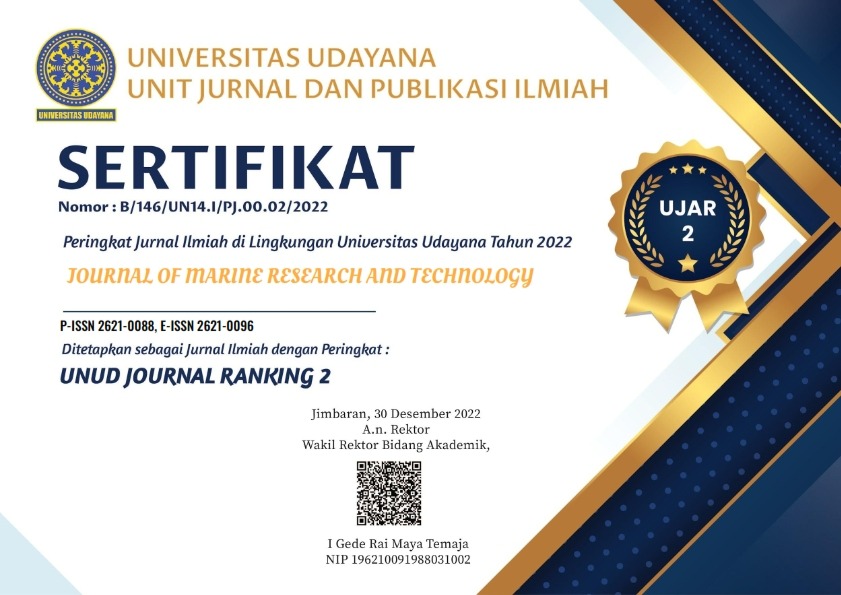Studi Potensi Tsunami Bali Utara Menggunakan Metode Numerik
Tsunami; Back Arc Thrust; COMCOT; Mitigation
Abstract
Bali Island is one of the most tsunami-prone areas in Indonesia. Two tectonic tsunami sources flank Bali Island: The Megathurst subduction zone in the south and the Back Arc Thurst subduction zone in the north. This study aimed to add information about the tsunami arrival time and the maximum height of the tsunami waves that hit the coast using COMCOT software as a disaster mitigation measure. Five scenarios were used in this study with the differences in the magnitude of tsunami-generating earthquakes. Results showed that the fastest affected shoreline by the tsunami in scenarios 1, 2, and 3 is the Tejakula Sub District shoreline, with a period of 5 minutes 41 seconds to 3 minutes 43 seconds. In scenarios 4 and 5, it was found on the Sawan Sub District shoreline for 2 minutes, 51 seconds to 56 seconds. The maximum run-up of tsunami waves that hit the shoreline in scenarios 1, 2, 3, and 4 are on the Kubu Sub District shoreline with run-up heights of 0.0095 m, 0.47 m, 1.5 m, and 3 m. In scenario 5, the highest run-up is on the Banjar Sub District shoreline, with a 67.6 m run-up height. Based on the results of this study, it can be concluded that the magnitude of the tsunami-generating earthquake greatly influences the travel time and run-up height of the tsunami waves. The greater the magnitude of the tsunami-generating earthquake, the faster the travel time of the tsunami waves and the higher the run-up height.
Downloads
Copyright Notice
The copyright to this article is transferred to Journal of Marine Research and Technology (JMRT). The copyright transfer covers the exclusive right and license to reproduce, publish, distribute and archive the article in all forms and media of expression now known or developed in the future, including reprints, translations, photographic reproductions, microform, electronic form (offline, online) or any other reproductions of similar nature.






